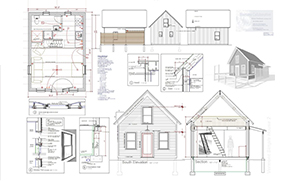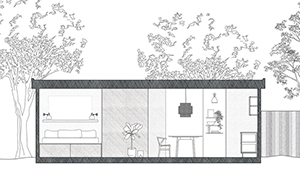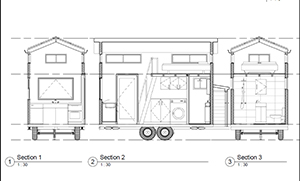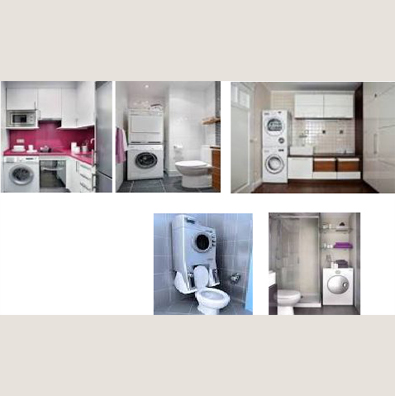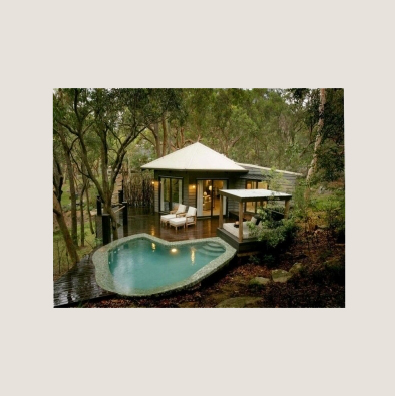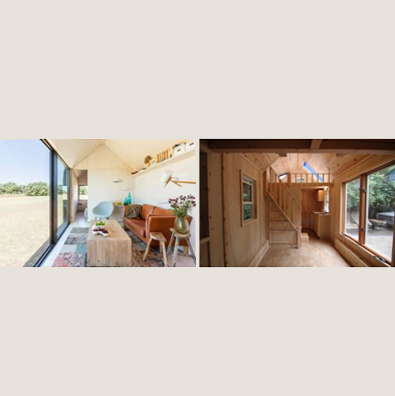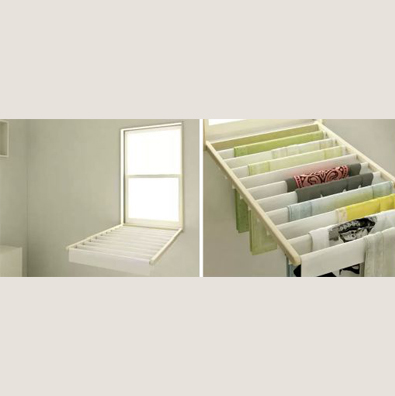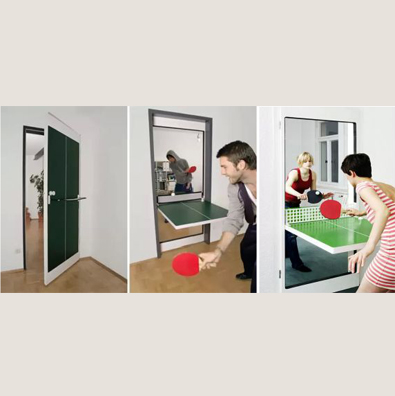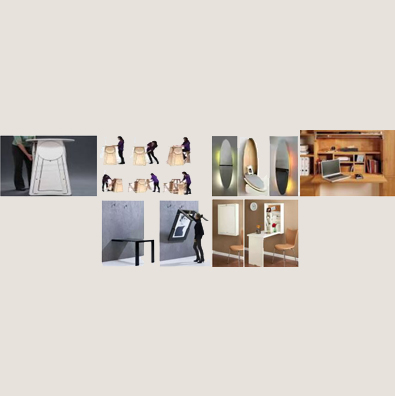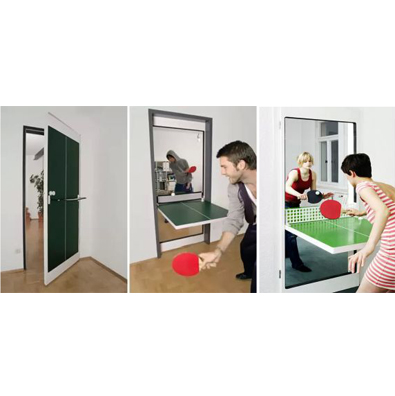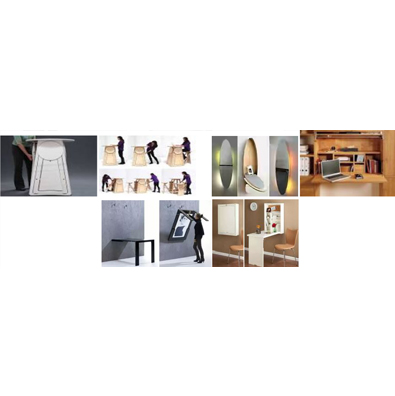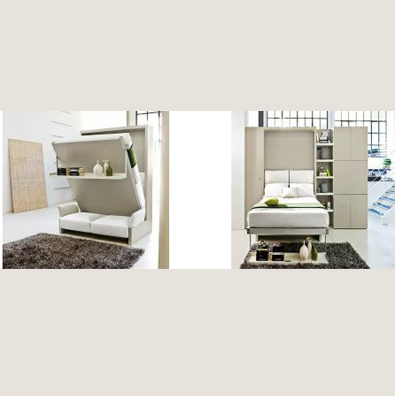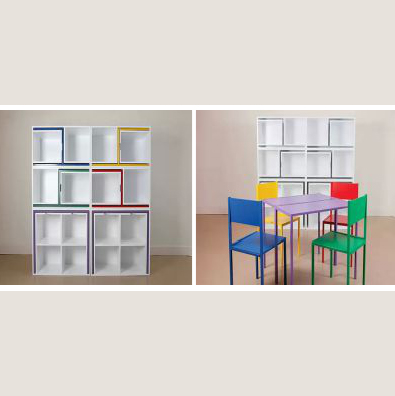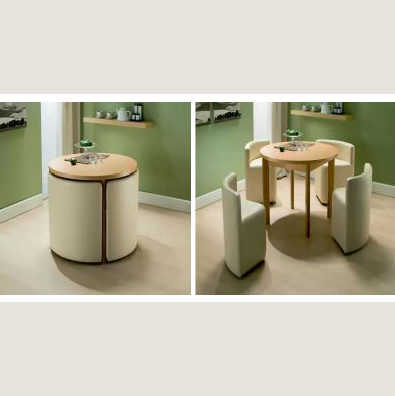Affordable Housing
Apartment tower
Block Edge
Coliving
Compounds
Corner Building
Courtyard House
Detached House
Duplex
Eco house
Firewall Building
Linear block/ Superblock
Loft
Microhousing
Mobile/ Manufactured Home
PinUp House
Prefab Housing
Residential Complex/ Housing Estate
Row House
Smart home
Social Housing
Soutaire
Space-enclosing Structure
Terraced Complex
Tube house
Urban Infill
Vernacular Dwellings
Residential Architecture by Architects
Residential Architecture by Cities

axon

Tiny house
Kecho lab offers a wide range of workshops, inspired by the crafts of the villages around Hanoi. These crafts involve natural materials such as bamboo, wood, clay etc. By doin the workshop, we hope to increase awareness of these crafts (some crafts are already in the verge of disaapearing), thus help to sustainable thosee communities and at the same time provide new skills for the participants.
Beside the tranditional crafts, our own day presents ourselves new crafts, from the humanity field like creative writing to the technological driven “crafts” like digital modeling in architectural design. The emergence of these new crafts are necessary to deal with our increasingly complex problems of our time.
What is really interesting is that the old and the new have similarity, most of the time. beside some breakthroughs in technologies, in art and architecture, the past have been provern to greatly influence our moden design methodologies. We can cite some of the examples like space syntax, patterns, behaviours, or even “parametric” design.
The proposed bamboo joints for tensegrity structure are fall under many categories based on their load
- Example of a cmplex sound communication channel, diagram from Abraham Moles, Information Theory and Esthetic Perception, 1958
- Painting
Timeline

References
Affordable Housing Challenges
I was interested in talking about a specific experience of structural oppression and Islamophobia in the hope that, if I spoke very lucidly about some of the things I’ve seen, then it would resonate in one way or another with people who had seen or heard something similar. I was reticent to talk about political forces like austerity and the war on terror in generic terms or just as pieces of legislation when what they do is affect families and individuals in a very intimate way. So what I was trying to do was to use very intimate and personal experiences of having been wronged as a way of aiming upwards at the state and authoritarian politics. I’m coming from a position of trying to critique power structures that have laid a path for me, and I can only do that in an embodied way, otherwise I’d be a commentator rather than someone who has actually experienced these things.
International Residential Awards
The building is a community centre that is slowly falling into disrepair because the local council budget was under austerity measures. I wanted to draw attention to its slow decay and the fact that if you erode social provision, what you are eroding are communities, families and real people and so the building becomes a protagonist in the work. You see liquid and gas entering the space as this sort of ingress, these insidious outside forces creeping in as well as drawing attention to the fact that the building is porous and falling apart.
Micro Housing
The core interest for me is how to reference images from conflict and war without actually having to show them—how you reference violence, especially state violence and material devastation, without having to show the people or the places that have suffered in reality. That is really important. We have become so accustomed to seeing black and brown deaths on television and to seeing certain bodies treated with a certain sort of callousness and coldness by the camera. So for me it is how can you show and allude to violence and conflict without actually having to show its real-life effects? How to talk about the things we’ve endured without having to further endure them, that is part of the mission, the political strategy of the work.
Microhome
My background is really in sound. I’m interested in how sound, regardless of context, can give a very embodied or visceral response in a viewer or listener. In that sense it’s a tool you can wield in very interesting ways cinematically. It relates to VFX in that I’m interested in the kind of soundtracks you find in war films and horror and thriller films and using them not to talk about espionage and grand action sequences or people running through the trenches, but for someone talking about their anxieties about the world or the situation they find themselves in. It’s this really affective, effective tool for personifying anxiety and depression but also love and joy and care. So for me sound becomes a way of creating both dissonance but also consonance in the work. In a lot of ways the writing comes first, the sound comes second and the image comes last in my thinking, it’s definitely a very important part of what I do.
Modular Home Design Challenge
That’s very important. People of colour are rendered both visible and invisible at all times and against their will. There’s no better example of that than in the government’s Prevent Strategy and how it has forcibly made visible Muslim communities throughout the UK and at the same time has made them invisible in strategic ways. So you have this sense where you are made incredibly visible to the authorities but you can be detained and not seen by your family and friends for years at a time. Visibility becomes this key tool for agency that has been taken away by the state, so trying to crop people and trying to give them back their anonymity was a way of trying to give them back their agency. Surveillance seems to be a key theme in all your films, whether in your choice of camera angles, the way shots are framed or in the use of drones.
NanoNest
That’s very important. People of colour are rendered both visible and invisible at all times and against their will. There’s no better example of that than in the government’s Prevent Strategy and how it has forcibly made visible Muslim communities throughout the UK and at the same time has made them invisible in strategic ways. So you have this sense where you are made incredibly visible to the authorities but you can be detained and not seen by your family and friends for years at a time. Visibility becomes this key tool for agency that has been taken away by the state, so trying to crop people and trying to give them back their anonymity was a way of trying to give them back their agency. Surveillance seems to be a key theme in all your films, whether in your choice of camera angles, the way shots are framed or in the use of drones.
The HOME Competition
That’s very important. People of colour are rendered both visible and invisible at all times and against their will. There’s no better example of that than in the government’s Prevent Strategy and how it has forcibly made visible Muslim communities throughout the UK and at the same time has made them invisible in strategic ways. So you have this sense where you are made incredibly visible to the authorities but you can be detained and not seen by your family and friends for years at a time. Visibility becomes this key tool for agency that has been taken away by the state, so trying to crop people and trying to give them back their anonymity was a way of trying to give them back their agency. Surveillance seems to be a key theme in all your films, whether in your choice of camera angles, the way shots are framed or in the use of drones.
That’s very important. People of colour are rendered both visible and invisible at all times and against their will. There’s no better example of that than in the government’s Prevent Strategy and how it has forcibly made visible Muslim communities throughout the UK and at the same time has made them invisible in strategic ways. So you have this sense where you are made incredibly visible to the authorities but you can be detained and not seen by your family and friends for years at a time. Visibility becomes this key tool for agency that has been taken away by the state, so trying to crop people and trying to give them back their anonymity was a way of trying to give them back their agency. Surveillance seems to be a key theme in all your films, whether in your choice of camera angles, the way shots are framed or in the use of drones.
Tiny House
That’s very important. People of colour are rendered both visible and invisible at all times and against their will. There’s no better example of that than in the government’s Prevent Strategy and how it has forcibly made visible Muslim communities throughout the UK and at the same time has made them invisible in strategic ways. So you have this sense where you are made incredibly visible to the authorities but you can be detained and not seen by your family and friends for years at a time. Visibility becomes this key tool for agency that has been taken away by the state, so trying to crop people and trying to give them back their anonymity was a way of trying to give them back their agency. Surveillance seems to be a key theme in all your films, whether in your choice of camera angles, the way shots are framed or in the use of drones.
References
…

